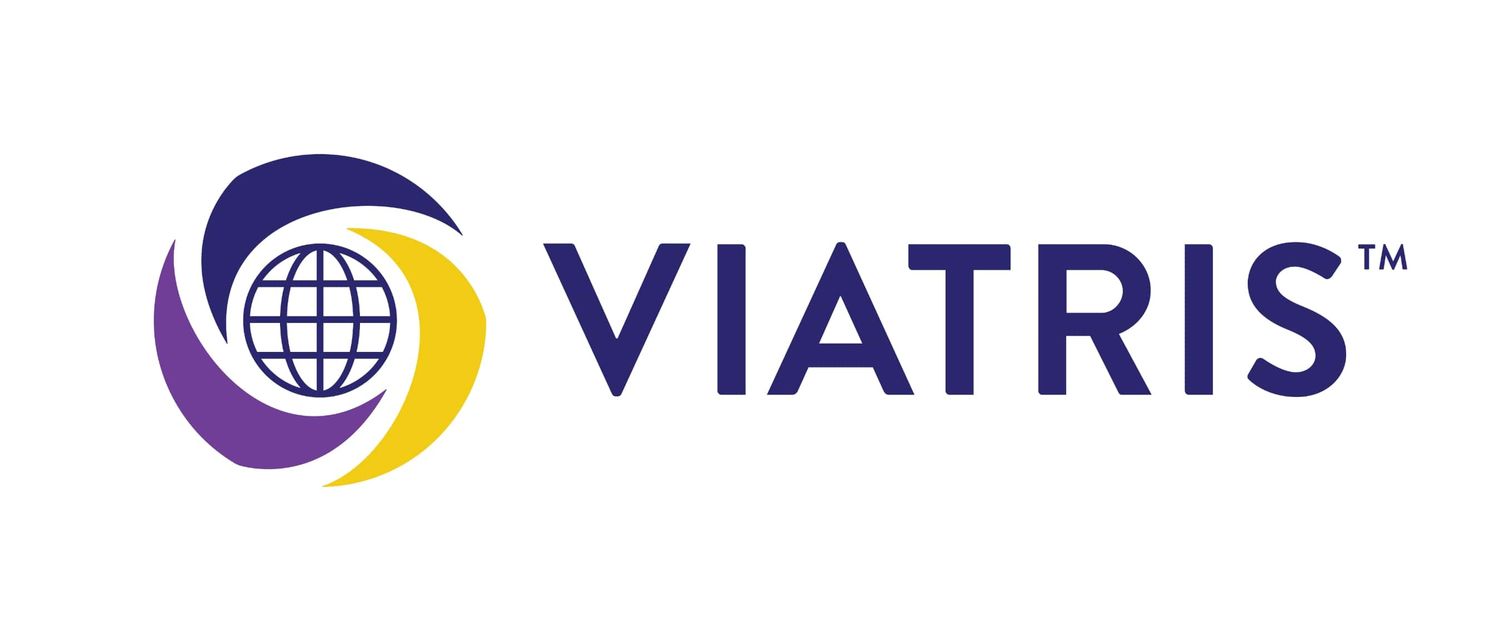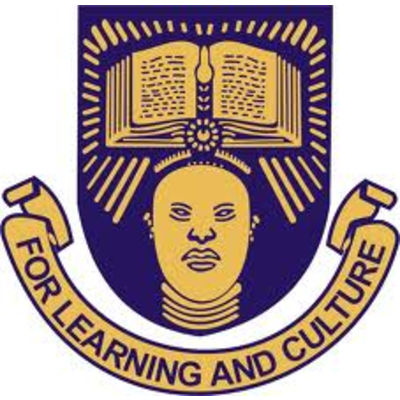Request Demo
Last update 29 Dec 2025
Atorvastatin Calcium
Last update 29 Dec 2025
Overview
Basic Info
Drug Type Small molecule drug |
Synonyms Atorvastatin calcium (USP), Atorvastatin Calcium Hydrate, Atorvastatin calcium hydrate (JP17) + [25] |
Target |
Action inhibitors |
Mechanism HMG-CoA reductase inhibitors(HMG-CoA reductase inhibitors) |
Therapeutic Areas |
Active Indication |
Inactive Indication |
Originator Organization |
Active Organization |
Inactive Organization |
License Organization |
Drug Highest PhaseApproved |
First Approval Date United States (17 Dec 1996), |
RegulationOrphan Drug (European Union), Priority Review (China) |
Login to view timeline
Structure/Sequence
Molecular FormulaC66H76CaF2N4O13 |
InChIKeyHIZONJHAVINWOX-NIJVSVLQSA-N |
CAS Registry344423-98-9 |
External Link
| KEGG | Wiki | ATC | Drug Bank |
|---|---|---|---|
| D02258 | Atorvastatin Calcium |
R&D Status
Approved
10 top approved records. to view more data
Login
| Indication | Country/Location | Organization | Date |
|---|---|---|---|
| Heart Failure | United States | 02 Mar 2007 | |
| Angina Pectoris | United States | 21 Sep 2005 | |
| Myocardial Infarction | United States | 21 Sep 2005 | |
| Stroke | United States | 21 Sep 2005 | |
| Heterozygous familial hypercholesterolemia | United States | 18 Oct 2002 | |
| Hypercholesterolemia, Familial | Japan | 10 Mar 2000 | |
| Hypercholesterolemia, Familial | Japan | 10 Mar 2000 | |
| Hypercholesterolemia, Familial | Japan | 10 Mar 2000 | |
| Coronary Disease | China | 01 Jan 1999 | |
| Hypercholesterolemia | Australia | 25 Sep 1997 | |
| Hypertension | Australia | 25 Sep 1997 | |
| Homozygous familial hypercholesterolemia | United States | 17 Dec 1996 | |
| Hyperlipidemia Type IIa | United States | 17 Dec 1996 | |
| Hyperlipoproteinemia Type IIb | United States | 17 Dec 1996 | |
| Hyperlipoproteinemia Type III | United States | 17 Dec 1996 | |
| Hyperlipoproteinemia Type IV | United States | 17 Dec 1996 | |
| Primary hypercholesterolemia | United States | 17 Dec 1996 |
Developing
10 top R&D records. to view more data
Login
| Indication | Highest Phase | Country/Location | Organization | Date |
|---|---|---|---|---|
| Acquired Immunodeficiency Syndrome | Phase 3 | Thailand | 01 Jan 2014 | |
| Immune Reconstitution Inflammatory Syndrome | Phase 3 | Thailand | 01 Jan 2014 | |
| Tuberculosis | Phase 3 | Thailand | 01 Jan 2014 | |
| Diabetes Mellitus, Type 2 | Phase 3 | United States | 01 Dec 2011 | |
| Diabetes Mellitus, Type 2 | Phase 3 | Malaysia | 01 Dec 2011 | |
| Diabetes Mellitus, Type 2 | Phase 3 | Mexico | 01 Dec 2011 | |
| Diabetes Mellitus, Type 2 | Phase 3 | Philippines | 01 Dec 2011 | |
| Diabetes Mellitus, Type 2 | Phase 3 | Russia | 01 Dec 2011 | |
| Diabetes Mellitus, Type 2 | Phase 3 | Thailand | 01 Dec 2011 | |
| Diabetes Mellitus, Type 1 | Phase 3 | United States | 01 Oct 2010 |
Login to view more data
Clinical Result
Clinical Result
Indication
Phase
Evaluation
View All Results
Phase 2 | 300 | fjincmhzeu(atungylurg) = etqiqfgfmd kajzwwsmnr (ncnwtzkiuk ) View more | Positive | 08 Nov 2025 | |||
Placebo | fjincmhzeu(atungylurg) = eqjxghwfnf kajzwwsmnr (ncnwtzkiuk ) View more | ||||||
Phase 2 | 54 | soxrsoxapk(rcuonajiiz): P-Value = 0.027 View more | Positive | 29 Oct 2025 | |||
5-ASA plus placebo | |||||||
Phase 3 | 238 | syhshwybbk(sifdupjjfj) = rrorweruzx rhhjudjiss (fhfrmzkqpx, 2.69 - 6.79) View more | Positive | 21 Oct 2025 | |||
Placebo | syhshwybbk(sifdupjjfj) = bcichwvvlm rhhjudjiss (fhfrmzkqpx, 1.71 - 5.54) View more | ||||||
Phase 2 | 100 | wamnmspyaq(ktgspvlxva) = dsypfibxkz ysmqwdhpfz (xxsaxgivlj, 65.0) | Negative | 21 Oct 2025 | |||
Placebo | wamnmspyaq(ktgspvlxva) = kpsmbepjpg ysmqwdhpfz (xxsaxgivlj, 94.0) | ||||||
Phase 2 | 39 | ixduaalsyx(mdsonkovnu): P-Value = 0.51 View more | Negative | 10 Oct 2025 | |||
Placebo | |||||||
Phase 1/2 | 80 | (Treatment) | syucookcpx(cftliydeck) = lxzpgvqhis fbzlaqjidz (iekehltvka, 9.77) View more | - | 22 Aug 2025 | ||
Placebo (Placebo) | syucookcpx(cftliydeck) = oflvyufpkx fbzlaqjidz (iekehltvka, 10.08) View more | ||||||
Phase 3 | 64 | ucebwqyycs(psjofzcsvl) = mbckyjqgdv lcbehjcbtt (otsbqnphxx ) View more | Negative | 03 Jul 2025 | |||
Placebo | ucebwqyycs(psjofzcsvl) = ayyfogqbov lcbehjcbtt (otsbqnphxx ) View more | ||||||
Phase 4 | 52 | placebo (Placebo) | mxbihcrond(nocibnixsg) = guchvblote shrarmbccc (jgsbstzsmn, 125.59) View more | - | 15 Apr 2025 | ||
(Low Dose Statin) | mxbihcrond(nocibnixsg) = jmtzzfuiot shrarmbccc (jgsbstzsmn, 130.12) View more | ||||||
Phase 2 | 171 | ervjvkwzqh(rbceiwafco) = psesknicue uqhmfhdfhd (lmokuzxvwa ) | Positive | 01 Feb 2025 | |||
Placebo | ervjvkwzqh(rbceiwafco) = olrmhyatwk uqhmfhdfhd (lmokuzxvwa ) | ||||||
Phase 2 | 158 | apnkkhxyys(uaxppatftk): P-Value = 0.59 View more | Negative | 01 Jan 2025 | |||
Placebo |
Login to view more data
Translational Medicine
Boost your research with our translational medicine data.
login
or

Deal
Boost your decision using our deal data.
login
or

Core Patent
Boost your research with our Core Patent data.
login
or

Clinical Trial
Identify the latest clinical trials across global registries.
login
or

Approval
Accelerate your research with the latest regulatory approval information.
login
or

Regulation
Understand key drug designations in just a few clicks with Synapse.
login
or

AI Agents Built for Biopharma Breakthroughs
Accelerate discovery. Empower decisions. Transform outcomes.
Get started for free today!
Accelerate Strategic R&D decision making with Synapse, PatSnap’s AI-powered Connected Innovation Intelligence Platform Built for Life Sciences Professionals.
Start your data trial now!
Synapse data is also accessible to external entities via APIs or data packages. Empower better decisions with the latest in pharmaceutical intelligence.
Bio
Bio Sequences Search & Analysis
Sign up for free
Chemical
Chemical Structures Search & Analysis
Sign up for free







